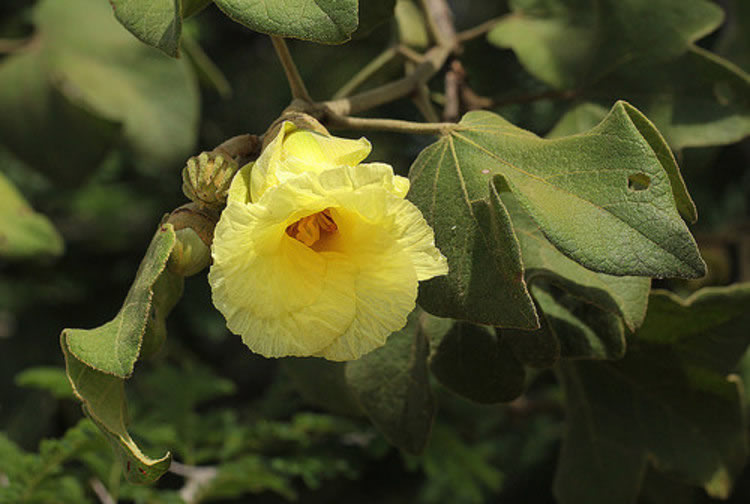
The Sunday Mail

Andrew Mangwarara Gardening
Thinking of matohwe, the snot apple, conjures up old memories of what is widely referred to as the African chewing gum. Indeed, one could at least afford to buy one even if pocket money was hard to come by. The fruit has not lost its lustre even today. I was surprised the other day to see a group of men at an outing busy chewing the fruit – apparently it is abundantly available on roadsides.
Azanza garckeana is a tree of the Malvaceae family, the same family as your common hibiscus. If you observe the flowers, you can see the resemblance. Mutohwe in Shona and uxakuxaku in isiNdebele. In other parts of the country, it is given the Shona name mugurura or mugururu.
The Tonga call it munego.
It is a drought-resistant tree widely distributed all over Zimbabwe, a specimen which you can safely plant in your garden. The tree will reward you if well-irrigated but will survive in a dry set-up, relying on seasonal rainfall.
The snot apple can grow up to 10 metres in height with the span of its leaves coming to about 20 centimetres. Its flowers differ in colour from yellow to purplish with a dark purple or red centre. The leaves, young branches and fruits are all hairy.
Our delicacy are the fruits, which have helped many a time during drought years as a quick snack. The tree would need to be trained to a single stem as it is naturally a multi-stemmed tree.
Azanza tree trunk can grow to about 25cm, being useful for small timber uses such as agricultural implements. Flowering time for the African chewing gum is December-May, with the fruits needing about six months to mature, which is during the dry season. The fruits are a hard spherical capsule divided into five sections, which you can break and chew, exposing the seed.
The seeds readily germinate when planted. It is a fairly quick growing garden specimen. To grow these trees in your garden, follow the normal procedure. Dig a hole about 1m by 1m and the same depth.
Mix the soil you have dug out with a handful of compound D fertiliser and another handful of single super phosphate. Also add a bucket of well-decomposed manure or organic matter. Ensure the soil is thoroughly mixed before planting the tree. Add some of the soil and position the tree in the hole ensuring the tree maintains the correct depth.
Many people make the mistake of almost burying the whole stem of the tree, resulting in a stunted tree. Do water your tree after planting. The tree should start bearing after a year or two of growth. The fruits are available from August. There are many ways to enjoy your matohwe delicacy.
Dry the fruits for future use after boiling with a little salt added. Some cultures use the fruits as relish or porridge, whilst the leaves are also cooked as a vegetable. The snot apple tree can be a life-saver during the dry season, being fodder for livestock and game.
The economic potential of matohwe cannot be ruled out, as it is fairly common in many African markets.
Andrew Mangwarara is a horticulturist who can be reached on [email protected]



